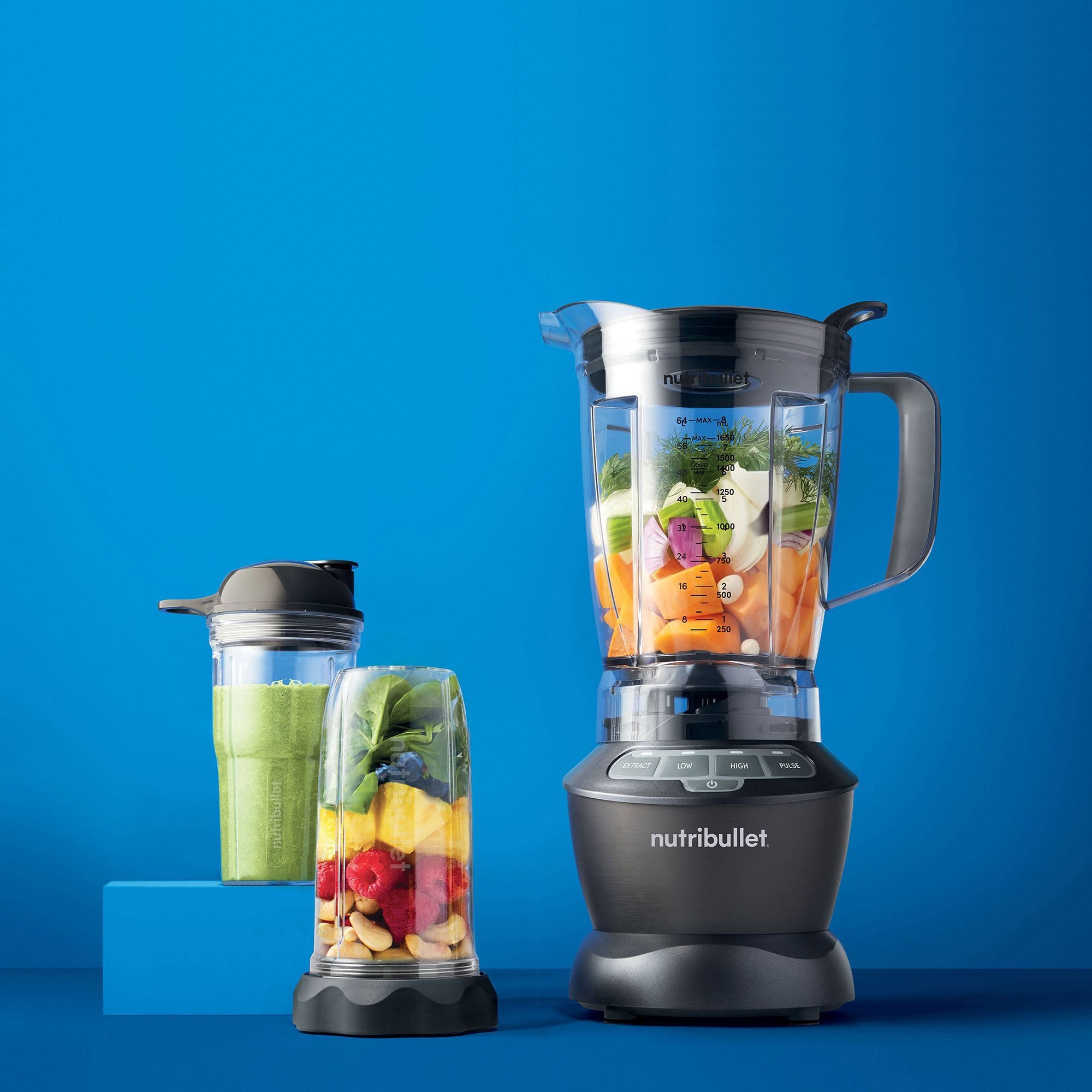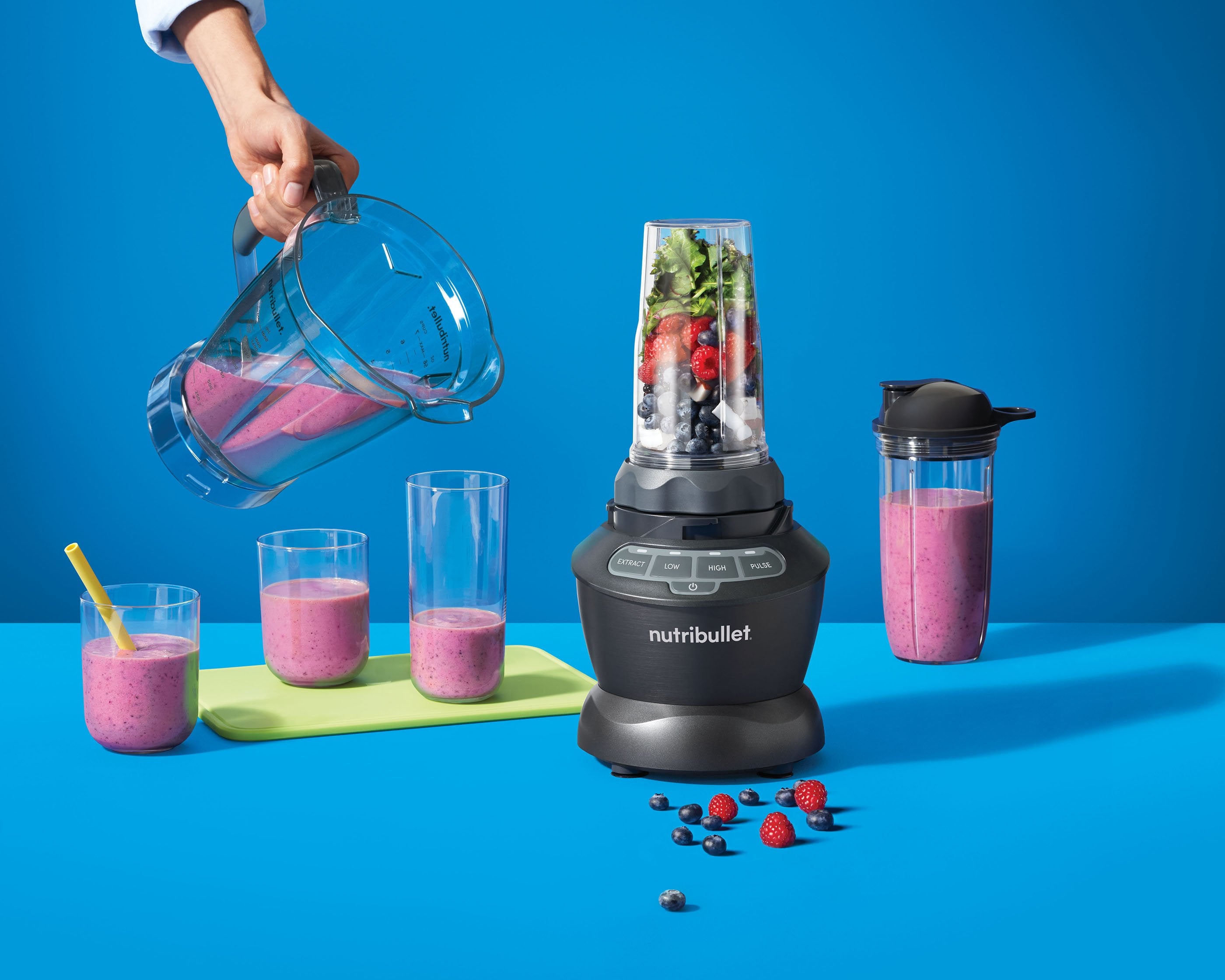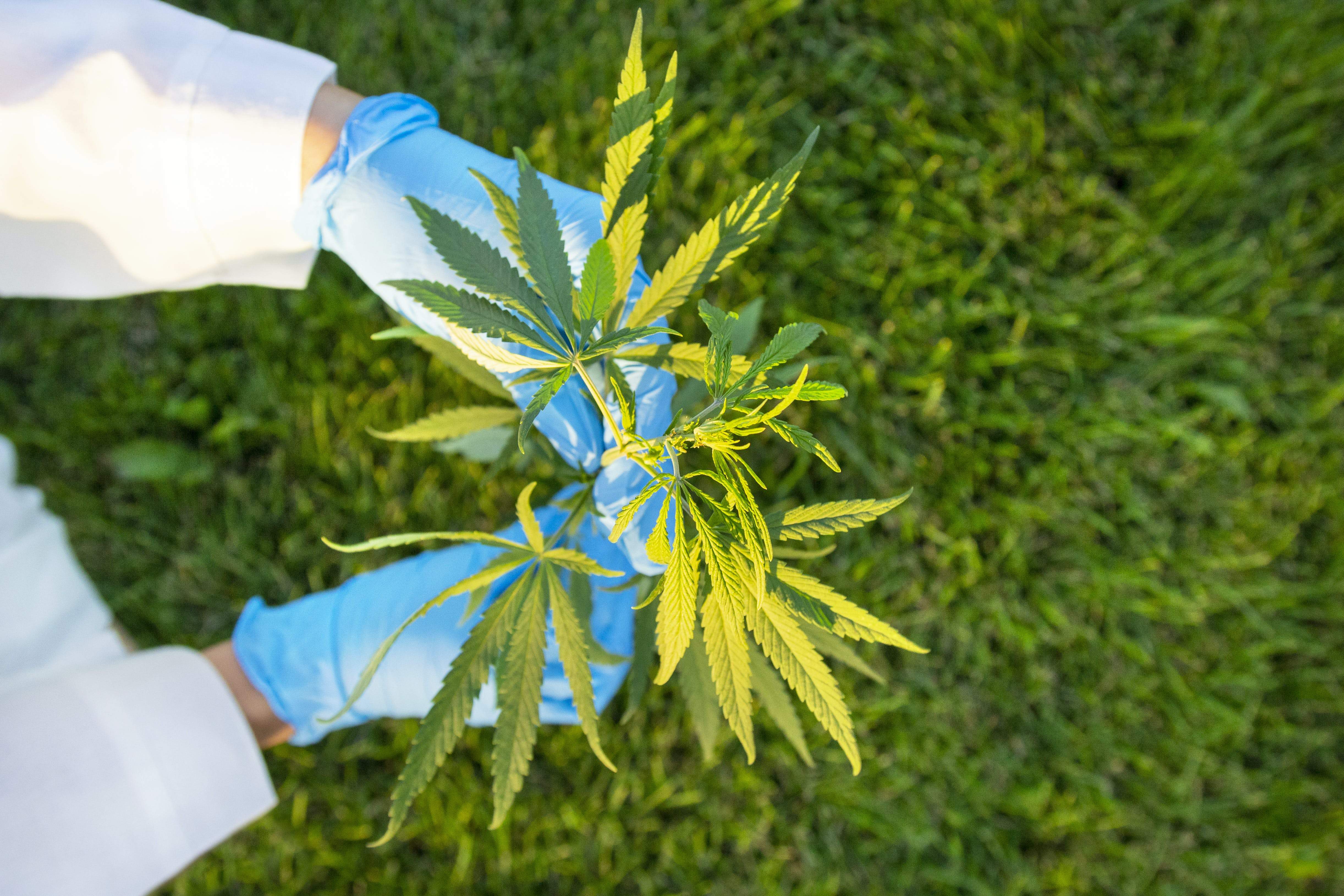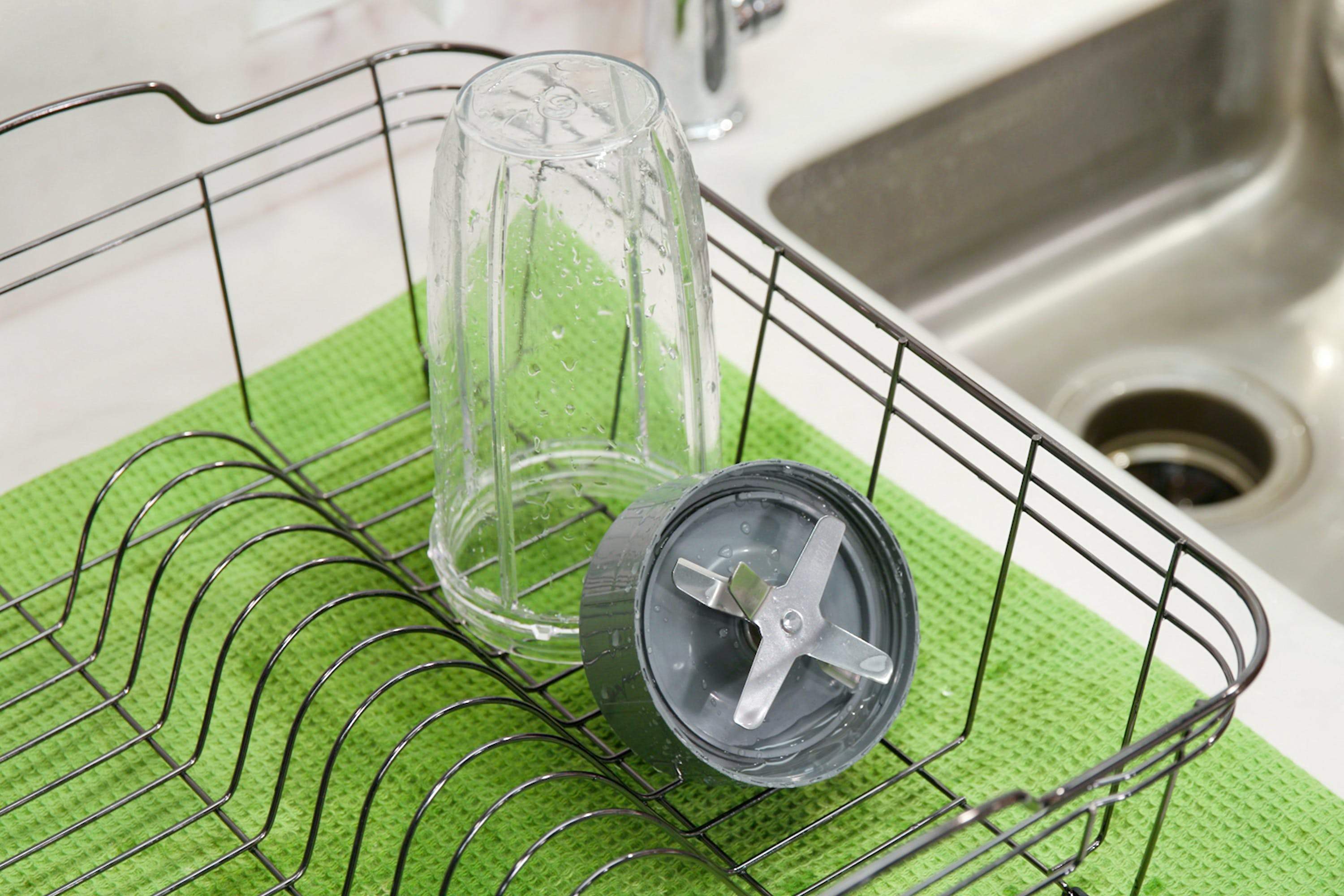Recovery nutrition is crucial following each strength training session. After lifting weights, you’re left with microscopic tears in your muscle cells. This is actually a good thing because in order to build muscle and improve strength, your body breaks down muscle and consequently builds it back up stronger each time. However, you need nutrients to build these cells back up. For recovery, the major nutrients you need are protein, carbohydrate and fat. Protein repairs the muscle cell damage, carbohydrates replenish blood sugar losses during the workout and healthy fats control inflammation that occurred during the workout.
There are three stages of a strength training program: (1) basic strength, (2) strength and power, and (3) peak and maintenance. Hiring an experienced and certified personal trainer is recommended so that you progress through these phases safely and properly based on your personal goals.
During all of these phases, it’s recommended that you consume a recovery snack with a ratio of protein to carbohydrates of 4:1 or lower. Timing is the key to an effective recovery snack. The snack should be consumed within 15 to 20 minutes after the strength session. This is when blood flow is still elevated and, therefore, the nutrients from the recovery snack can be optimally delivered, absorbed and assimilated to muscle cells. We also can’t ignore smaller nutrients such as vitamins, minerals and antioxidants, which also assist with recovery and overall strength building. Include ample fruits and vegetables at every meal and snack throughout the day to ensure you’re getting all of your essential nutrients.
The quantity of your snack changes depending on the intensity and the duration of the session. During the basic strength phase and the peak and maintenance phase, the sessions are typically shorter in duration and lower in intensity. Therefore, a snack of 100 to 200 calories would be ideal. Some examples include the following:
- Homemade granola made with whole oats, dried fruit and nuts
- Low fat chocolate milk
- Nonfat Greek yogurt
- 1 banana with 1 tablespoon of peanut butter
- ½ cup edamame
During the strength and power phase, the ratio will remain the same but the quantity will be higher. Aim for a recovery snack of 300 to 500 calories, such as the examples below, to meet a higher cellular need.
- Protein smoothie made with 1 scoop of high quality whey protein isolate powder, banana, almond milk, frozen berries and spinach
- Two scrambled eggs and two slices of whole wheat toast with sliced avocado
- Grilled chicken on high protein wrap with hummus and cucumbers
- Quinoa with black beans, diced grilled tofu, chopped kale, olive oil, and sea salt
- Tuna (mixed with nonfat plain Greek yogurt instead of mayo) on whole wheat pita with romaine lettuce and roasted red peppers
Feeding your body the right nutrients in the right amount is key to effective muscle recovery after a strenuous strength training session. Be sure to eat a balance of protein, carbohydrates, and healthy fats after your workouts and you’ll be well on your way to a stronger and healthier you!
Nutritional information
Recipe: Creamy Green Strawberry Dream Serving in this recipe:1
- Calories: 236.6
- Total Fat: 3.6 g 5.5%
- Saturated Fat: 0.4 g 1.9%
- Cholesterol: 0 mg 0%
- Sodium: 358.7 mg 14.9%
- Total Carbs: 45.7 g 15.2%
- Dietary Fiber: 9.9 g 39.4%
- Sugar: 22.1 g
- Protein: 8.1 g 16.2%
- Vitamin A: 481.9% Vitamin C: 244.1%
- Calcium: 68.5% Iron: 26.1%
* Percent Daily Values are based on a 2,000 calorie diet. Your daily values may be higher or lower depending on your calorie needs.





















